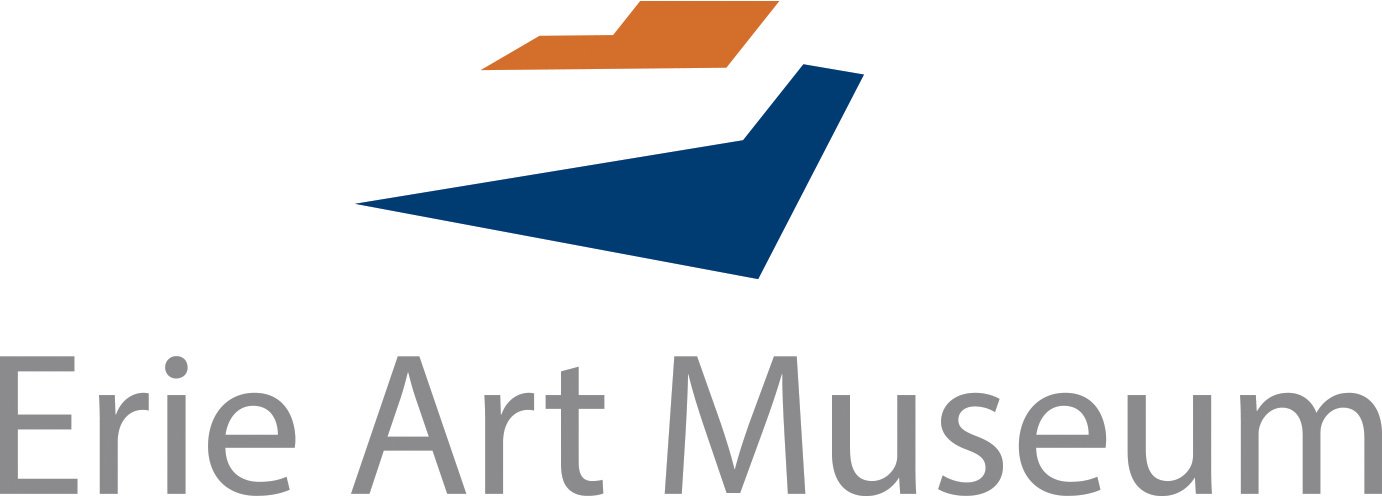Entre Plantas y Mujeres
Ana Balcazar
July 13th, 2023 - May 12th, 2024
Frenzel Gallery
About Connecting with the Collection
As a regional art museum, we celebrate the generations of artists before us and their connection to the artists of our time. Our mission is to present ways to engage with these works and understand their meaning, explore their relevance to our community today, and consider how to shape this resource for the future. In an initiative to explore the Museum’s collection, we are inviting artists, curators, and community members to put together exhibitions that involve the works we house, to present multiple perspectives on collecting art and how it represents our culture.
Connecting with the Collection: Entre Plantas y Mujeres
For the 2023 Connecting with the Collection, the Museum invited painter Ana Balcazar to create works in response to the Museum’s collection. She will be the Museum’s guest curator and artist in residence from late April through mid-July, examining themes of botanical and female representation. As a visual artist and independent educator, her studio practice uses drawing, painting and any other media as means towards exploring her female condition and the space she inhabits, using her own figure, landscape, abstract and botanical shapes.
From the Quarterly
A Q&A with Ana Balcazar
As a regional art museum, we celebrate the generations of artists before us and their connection to the artists of our time. Our mission is to present ways to engage with these works and understand their meaning, explore their relevance to our community today, and consider how to shape this resource for the future. In an initiative to explore the Museum’s collection, we are inviting artists, curators, and community members to put together exhibitions that involve the works we house, to present multiple perspectives on collecting art and how it represents our culture.
For the upcoming 2023 Connecting with the Collection exhibition, we invited Peruvian visual artist and educator Ana Balcazar to curate and create works in response to the Museum’s collection. She will be in residence from late April through late July. Ana’s stay is sponsored in part by Gannon University.
Ana Balcazar in EAM’s third floor office, converted to a studio and future educational space.
Tell us a bit about yourself and your background. What brought you to Erie, PA?
I studied in Peru for my Bachelor’s in Art for eight years, and a Master in Arts Education for two. I have done lots of things, from movies and cultural management to art education, but my greatest passion is for painting. I started painting murals professionally in 2017 and that brought me great opportunities to travel and to be a full time artist.
The first time I was in Erie, PA was to visit family in 2011. I wanted to see the frozen lake but it was impossible to leave the house because of a great winter storm. I came back ten years later to visit again in May of 2021. They happened to have several large canvases at home for me to use, so I decided to start painting in the backyard of my new Erie studio and posted some of the work on my Instagram.
Later that year, I came back to Erie from Estonia to work on my first commission in the USA. That’s when Erie Arts & Culture discovered me on a geotag from my post in May. Patrick Fisher, who was their executive director, introduced me to the art community. I then received two solo show offers. The first was at Erie Center for Arts & Technology, and then came Botanicals at 1020 Collective, both in 2022. I was then invited to paint my first mural in the USA for the Purposeful Placemaking program. All in all, 2022 was a great year. I also had my first solo show in Europe, titled Amazon Baroque in Tallinn, Estonia. Now I am back in Erie to work with the Museum’s collection.
Bill Heimanson, Brenda, type c-print, 1981, EAM permanent collection
You’ve spent a lot of time exploring our collection, what particular things were you looking for?
I decided to explore the archives with an open mind. I wanted the collection to surprise me, so I did not have a specific idea of what I was looking for, but the enthusiasm of having such a valuable opportunity to see and work with these treasures. The collection is a broad sweep of generations, subjects, styles, and mediums. I really enjoyed spending all those hours in the obsessive activity of going through piece by piece, reading the tags, imagining the past, and immersing myself in each artist´s world.
I found many botanical compositions, but when I was getting deeper into the archive, I noticed there were a lot of portraits of women, and I became interested in how these women were depicted, why they were painted or photographed, who they were, what the artist was trying to say through these female bodies, personalities, characteristics and scenarios. I also noticed the lack of represented minorities, and I am hopeful to find a way to balance this in the exhibition.
What connections are you finding between botanical representation and female representation in art?
To say I am finding connections in art is too broad. I can talk about the specific curatorship of my selections, but even more than just finding the connections, I like to think I am creating them and complementing the work from past artists.
There were images that I could not get out of my mind, like artistic white women nudes, young white girls in nature, portraits of older women and very intriguing compositions that imagine less idealized and even confrontative ways of femininity or women´s representation. I started connecting things by color, subject, composition, and meaning. I found a link between these women’s representations and botanicals. I had to make my decision. I narrowed the 8,000 pieces down to 200, and then to 40. I had finally found my subject: Between Plants and Women.





